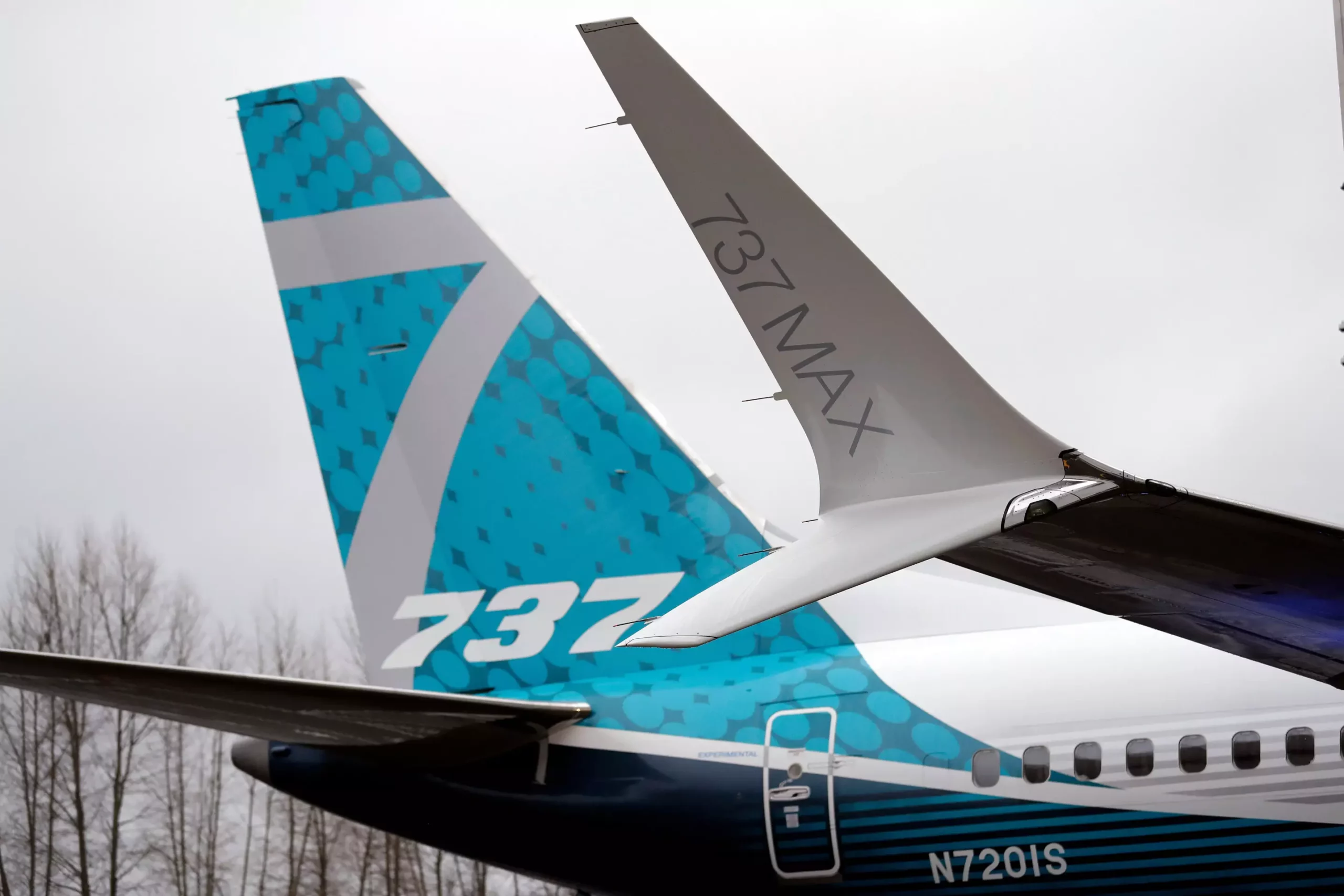In a recent development, Boeing has urged airlines to conduct inspections on its 737 Max jets due to a potential loose bolt issue within the rudder control system. Both Boeing and the Federal Aviation Administration (FAA) have confirmed this request, emphasizing the importance of addressing the concern. This article will delve into the details of the inspection process and the significance of ensuring the safety and functionality of these aircraft.
Inspection Guidance and FAA’s Role
The FAA, responsible for safeguarding air travel, stated that it would closely monitor the targeted inspections outlined by Boeing. The call for inspections came after an international operator discovered a bolt with a missing nut during routine maintenance. Furthermore, Boeing itself found an undelivered aircraft with a nut that had not been properly tightened. While the specific issues have been rectified, Boeing is taking precautionary measures and urging operators to conduct inspections on their 737 Max airplanes. The company is focused on maintaining open communication with customers and regulators, providing timely updates on the progress of these inspections.
The FAA has pledged to remain in contact with Boeing and affected airlines throughout the inspection process. If any loose or missing hardware is discovered, the FAA reserves the right to take additional action as necessary. It is crucial for the FAA to ensure the airworthiness of these aircraft and address any potential safety concerns promptly.
Despite the identified condition, Boeing assures that there have been no in-flight incidents caused by this issue thus far. Regular checks performed by flight crews typically indicate any malfunctions in the rudder control system before the aircraft departs from the gate. These routine inspections play a crucial role in maintaining the operational integrity of the aircraft. Boeing acknowledges the importance of these checks and is actively working towards supporting airlines in conducting thorough inspections of their 737 Max jets.
Major U.S. carriers, including United Airlines, Southwest Airlines, American Airlines, and Alaska Airlines, operate fleets with 737 Max jets. However, these airlines have expressed confidence that operational disruptions will be minimal. For example, Southwest Airlines confirmed that it is currently conducting these inspections as part of routine overnight maintenance. While a specific timeline for the inspections was not provided by the airlines, Alaska Airlines expects to complete the process by the first half of January.
Collaboration between Boeing and the airlines is crucial to conduct these inspections efficiently. As the airlines are responsible for the day-to-day operations of the aircraft, their involvement ensures that the inspections are carried out thoroughly and within an appropriate timeframe. By working together, Boeing and the airlines are prioritizing safety and minimizing any potential impact on operations.
Learning from Past Challenges
The 737 Max jets faced significant challenges in the past, with two crashes in 2018 and 2019 resulting in the tragic loss of 346 lives. Investigations revealed a critical failure in an automated flight-control system that relied on inaccurate sensor readings, causing the nose of the plane to be pushed down erroneously. Boeing faced criticism for not providing adequate information about this system to pilots and airlines prior to the accidents.
These incidents prompted a reassessment of the FAA’s certification process for large planes, which led to the implementation of a more stringent and detailed procedure. The FAA recognizes the importance of transparency and safety disclosures, emphasizing the need for improved communication to prevent similar incidents in the future.
The recent call for inspections of Boeing 737 Max jets highlights the commitment of both Boeing and the FAA to prioritize safety in the aviation industry. By proactively identifying and addressing potential issues, such as loose bolts in the rudder control system, these organizations are ensuring that air travel remains safe and reliable. The collaboration between Boeing, airlines, and regulatory bodies is essential in maintaining the airworthiness of these aircraft. Continued vigilance and adherence to rigorous inspection protocols will contribute to enhancing the safety of 737 Max jets and preventing any untoward incidents.


Leave a Reply